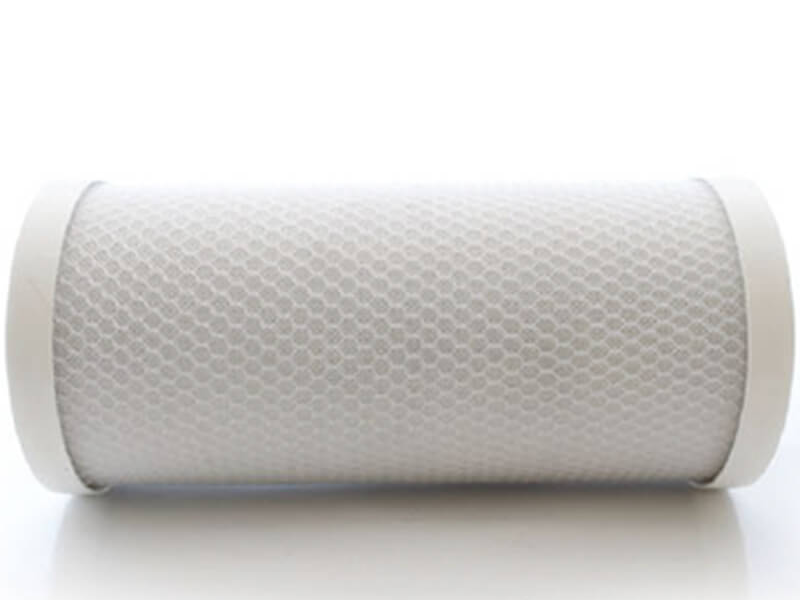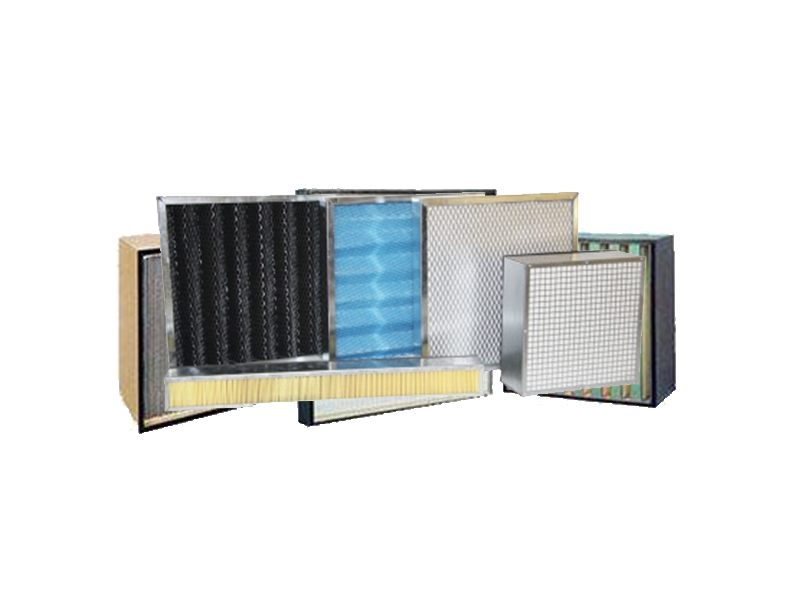To understand how it works, it is first necessary to explain what an activated carbon filter is and what it is used to capture.
Activated carbon filters consist of small carbon particles formed to be extremely porous, typically in the form of granules or powder blocks. They are designed to trap gases in the activated carbon bed. This extremely porous structure is actually so large that even just one gram of activated carbon can easily cover a surface area of 500m2 or more. This large surface area allows carbon filters to adsorb exponentially more pollutants and allergens than conventional carbon.
These filters are carbons that have undergone some processes in order to better capture the gases. First, hot air is given to the carbon and thanks to this hot air, a lattice structure with tiny pores is formed. Then, with the help of carbon dioxide or steam, a significant increase in the surface area is ensured.
These filters can be used to purify the air from unwanted or harmful substances that may threaten human health. In air purification systems, activated carbon filters can be used in conjunction with HEPA filters to capture allergens and impurities such as:
Dust
Mohair
Mold spores
cigarette smoke
pet hair
Common household chemicals
Benzene and other VOC substances
Working Principle of Activated Carbon Filters
The first thing to learn about the working principle of activated carbon filters is what the adsorption process is. Activated carbon filters remove pollutants from the air thanks to the adsorption process. However, it should be noted that this process is different from adsorption itself. In the adsorption process, the substance to be captured (eg water) is absorbed into the absorbent (eg sponge) structure, but it does not become a part of the absorber at the molecular level.
Therefore, it does not make a chemical bond with the sponge in the water absorbed with the help of the sponge. It just fills the gaps in the sponge's structure. On the other hand, the most obvious difference of the adsorption process of activated carbon filters is that the contaminants stick to the outer surface of the carbon during the adsorption process. The absorption of the pollutant is taken into the structure of the absorber as mentioned in the sponge example.
Carbon is a lattice of carbon atoms bonded to each other. The process of activating the carbon is very important in this part. Because the increase in the surface area provides the necessary area for the capture of gases. A gaseous substance can adhere to the bed as long as there is an empty adsorption surface when a molecule of carbon passes through it.
Adsorption enables activated carbon air filters to filter or capture organic chemicals (gases) coming from the air. The most important problem that occurs in activated carbon filters is that, over time, gaseous pollutants gradually fill the adsorption surfaces of the activated carbon. Once the activated carbon bed is saturated, the filter will no longer be able to hold onto chemicals









